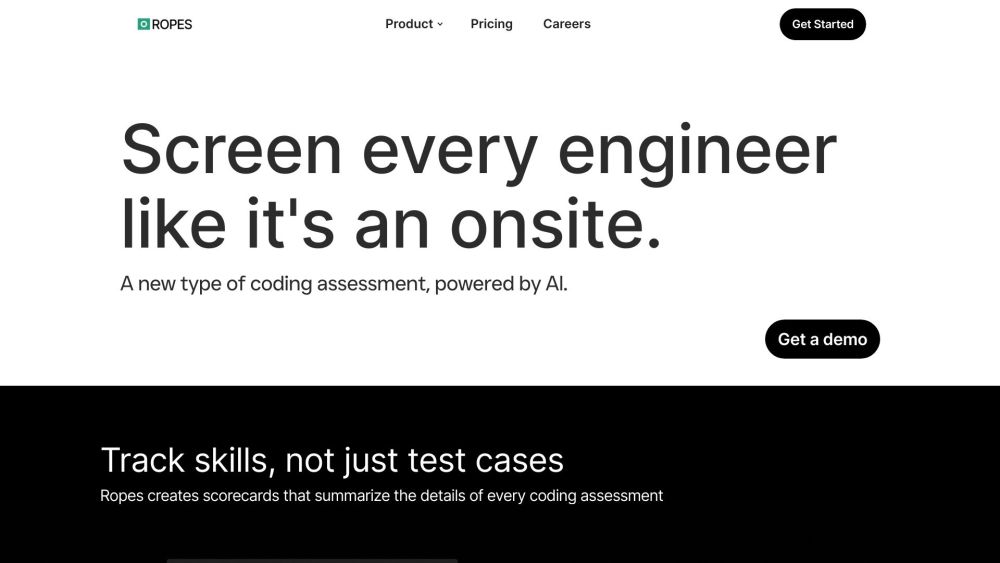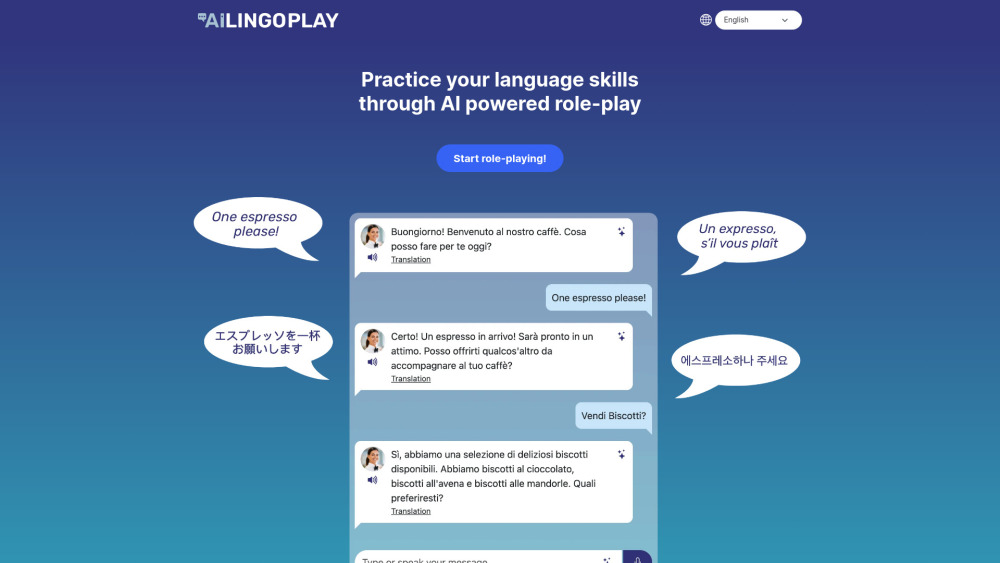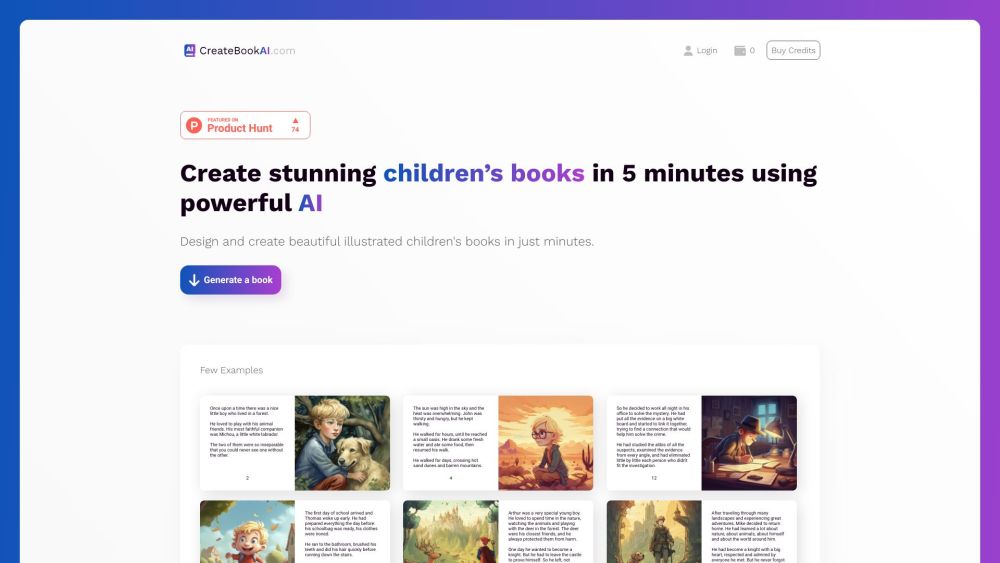Introducing LAMM: A Language-Assisted Multi-Modal Framework for the Open-Source Academic Community
LAMM (Language-Assisted Multi-Modal) is a groundbreaking framework designed for fine-tuning and evaluating multi-modal instruction, specifically catering to the open-source academic community. It features an optimized training environment, a robust evaluation system, and support for multiple visual modalities.
The advent of ChatGPT has spurred significant advancements in large language models (LLMs), particularly enhancing human-AI interactions through natural language. However, human engagement requires more than text; elements like images and depth perception are equally vital. Currently, much of the multi-modal large language model (MLLM) research is closed-source, limiting access for students and researchers.
Furthermore, LLMs frequently lack awareness of current events and complex reasoning capabilities, confining them to quick question-and-answer functions without genuine deep thinking. In this context, AI Agents play a crucial role by empowering LLMs with the ability for sophisticated reasoning and decision-making. This represents a pivotal evolution toward creating autonomous and socially adept entities.
We envision that AI Agents will drive significant innovations, redefining our work and lifestyle while marking a crucial milestone for both LLMs and multi-modal models. Scholars from leading institutions, including Beihang University, Fudan University, the University of Sydney, and the Chinese University of Hong Kong (Shenzhen), along with the Shanghai Artificial Intelligence Laboratory, have joined forces to establish LAMM, one of the earliest open-source communities dedicated to multi-modal language models.
Our Vision for LAMM
Our aim is to cultivate a dynamic community ecosystem that promotes training, evaluation, and research of MLLM-driven agents. As a pioneering open-source initiative in the multi-modal large language model domain, LAMM strives to create an inclusive research environment where researchers and developers can contribute to advancing the open-source movement.
Key Features of LAMM:
- Cost-effective Training: Train and evaluate MLLMs using minimal computational resources, requiring only a 3090 or V100 GPU for seamless initiation of training and evaluation.
- Embodied Intelligent Agents: Develop embodied AI Agents using robots or game simulators, enabling task definition and data generation across diverse professional fields.
- Unified Framework: The LAMM codebase offers a streamlined process with a standardized dataset format, modular model design, and one-click distributed training, simplifying custom multi-modal language model development.
Flexible and Efficient Model Building
LAMM supports various input modalities, including images and point clouds, with the flexibility to add new encoders based on user requirements. By integrating with PEFT packages, LAMM allows for efficient fine-tuning, while innovations like flash attention and xformer optimize computational costs, making MLLM training accessible at minimal expense.
To tackle complex multi-task learning challenges, LAMM employs strategies such as Mixture of Experts (MoE) to unify fine-tuning parameters and enhance multi-tasking capabilities.
Comprehensive Evaluation Framework
Despite recent advancements in MLLMs for visual comprehension and complex task resolution, a standardized evaluation framework remains absent. Most existing benchmarks focus primarily on multi-modal evaluation datasets, which often fall short for comprehensive assessments.
LAMM fills this gap by providing a scalable and flexible evaluation framework designed for accurately assessing multi-modal large models, facilitating thorough comparisons among varied models.
Engaging with MLLMs and AI Agents
Recent developments in agent technology leverage the robust reasoning and planning abilities of LLMs, as seen in projects like Voyager and GITM in Minecraft. However, these initiatives frequently neglect the importance of real-time sensory input in decision-making.
To address this, we introduce MP5, an embodied intelligent AI Agent powered by MLLM, equipped with visual and proactive perception capabilities. This design allows the agent to engage with novel tasks while actively gathering environmental data for informed decision-making, enhancing its adaptability in complex scenarios.
Conclusion: LAMM as a Foundation in Multi-Modal Learning
As multi-modal learning progresses, LAMM aims to be a central hub for MLLM research, continuously developing tools and resources that encourage collaborative efforts within the community.
We invite you to stay informed about our progress and contribute to enhancing the LAMM ecosystem through feedback and participation in our code repository. Join us in shaping the future of multi-modal learning!





